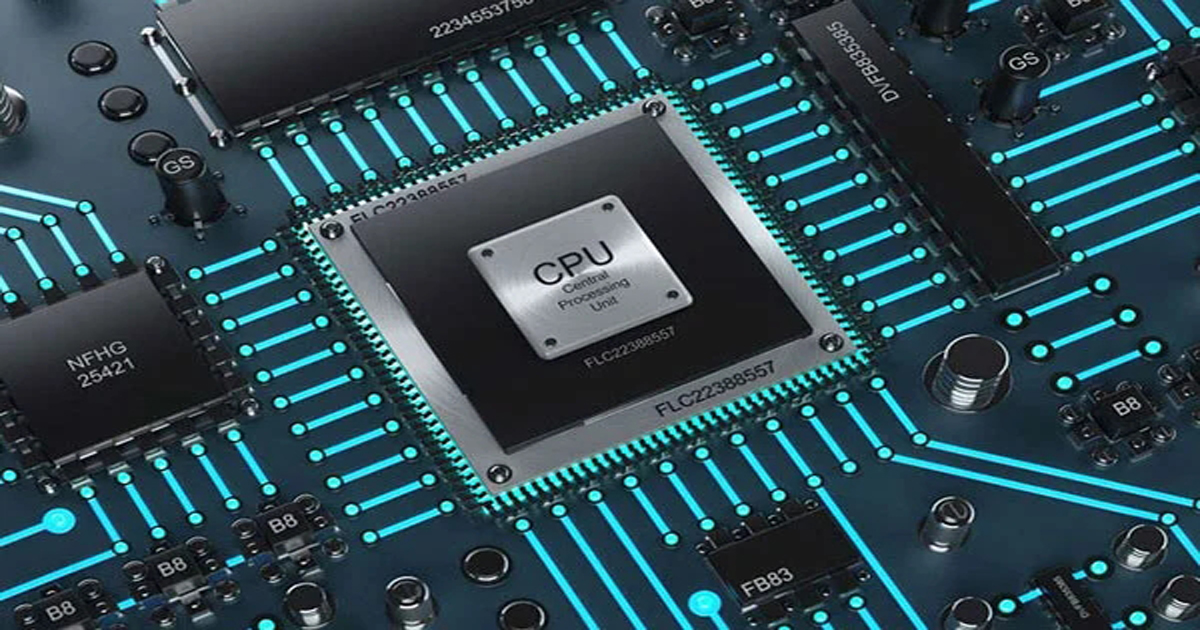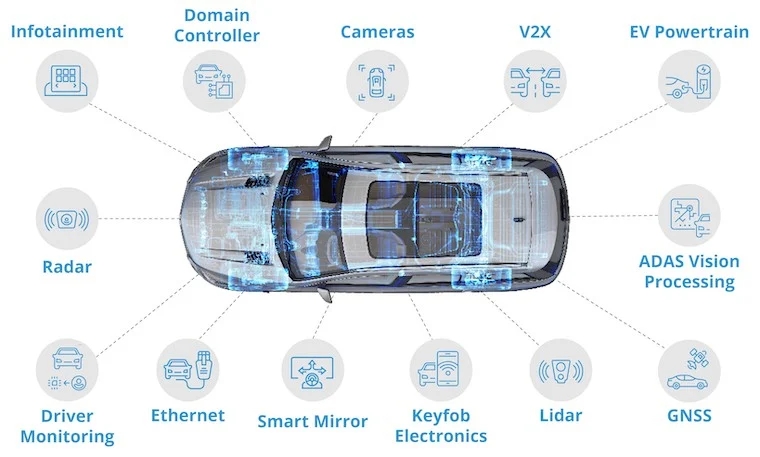MIT’s Minuscule Wake-up Receiver Saves Sensor Battery Life
A new chip from MIT uses terahertz waves to miniaturize wake-up receivers in IoT devices.
Device miniaturization and power consumption are among the two most important IoT design considerations. At times, these goals can be at odds with the inherent nature of IoT devices: they must wirelessly transmit and receive data to communicate.
One method to ensure low power in IoT devices is to use a wake-up receiver, which keeps the device in low-power mode unless it's triggered to wake up. This week, researchers at MIT announced a new kind of wake-up receiver that uses terahertz waves to enable extremely small sizes.
By communicating via terahertz waves, the MIT wake-up receiver is 10 times smaller than similar devices.
In this article, we’ll assess the working principles behind wake-up receivers, the challenges in scaling these devices, and the new terahertz wake-up receiver from MIT.
The Power Perks of Wake-up Receivers
A wake-up receiver (WuRx), also known as a wake-up radio, is a fundamental component in IoT devices that provides low power consumption.
For IoT devices to function properly, they must wireless transmit data to and from a central hub. However, continuous wireless communication requires significant power consumption—something that is not feasible for small, battery-powered IoT devices. Additionally, most data transmitted is not useful; instead, the device only needs to respond to data surrounding events of interest. 
Illustration of a wake-up receiver in an IoT device.
To overcome this, IoT designers use wake-up receivers: specialized, low-power wireless receivers that act as a companion to the main transceiver and are tuned to a specific wireless frequency. In this setup, the main transceiver sits dormant (consuming a negligible amount of power), while the WuRx waits to receive a special signal, known as the wake-up packet (WUP), from the main hub. When the WUP is detected by the WuRx, the WuRx notifies the IoT device to turn on the main transceiver and start communicating data back to the hub.
This scheme is similar to a sleep mode for an MCU with wake-up from an external trigger. By keeping the main, power-hungry part of the IoT device dormant until it's needed, wake-up receivers enable extremely low-power IoT devices.
The Scaling Challenges of WuRx
To develop miniature, low-power IoT devices, researchers from MIT recently designed a WuRx that operates in the terahertz (THz) frequency range.
The researchers employed an energy detection architecture that consists of a THz frontend consisting of a pair of pseudo-differential CMOS detectors with dual antenna feeds. The output of this detector is fed into an amplifier-filter-comparator chain and finally into a wake-up authentication engine. The authentication engine compares the incoming packets to a stored token to see if the received message was the correct WUP, which then turns on the main transceiver. 
Block diagram of the THz WuRx system.
The resulting WuRx strikes an effective balance between performance, power, and size. The WuRx, which is 1.54 square millimeters in size, operates at 0.8 V and consumes 2.88 µW of power while maintaining a sensitivity as low as -48 dBm at a data rate of 1.02 kbps.
The new solution removes the need for frequency mixing and adds security features against denial-of-sleep attacks.
Shrinking IoT Devices
With their new design, the MIT researchers hope to give rise to a new class of miniaturized devices with extremely long lifetimes on a single battery charge. In the future, the researchers have stated their plans to improve their design by boosting signal integrity and applying their WuRx in real-world devices.



